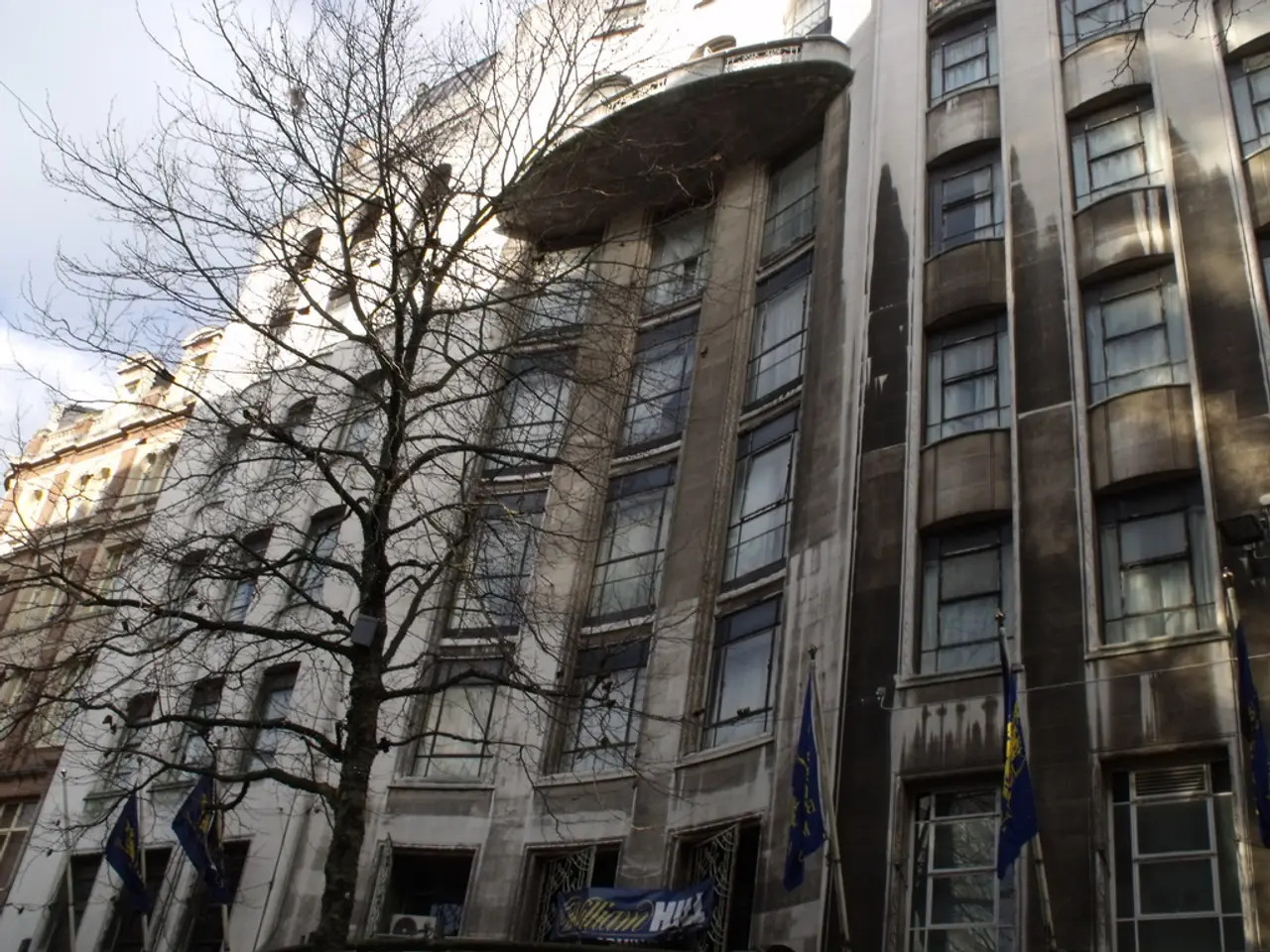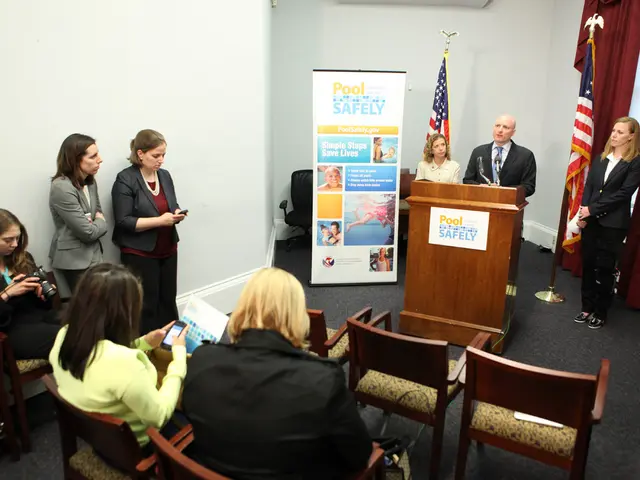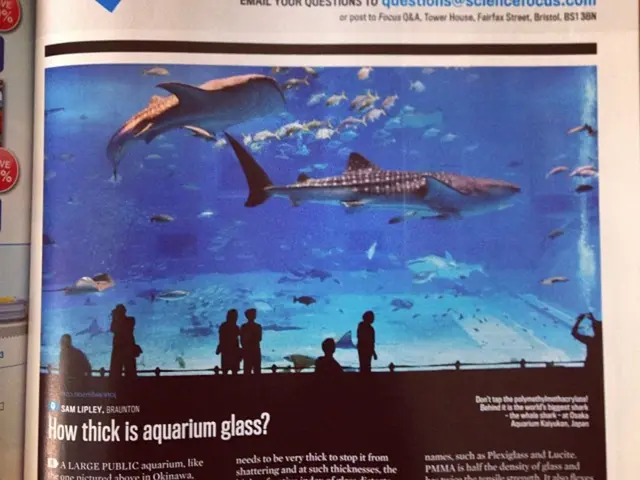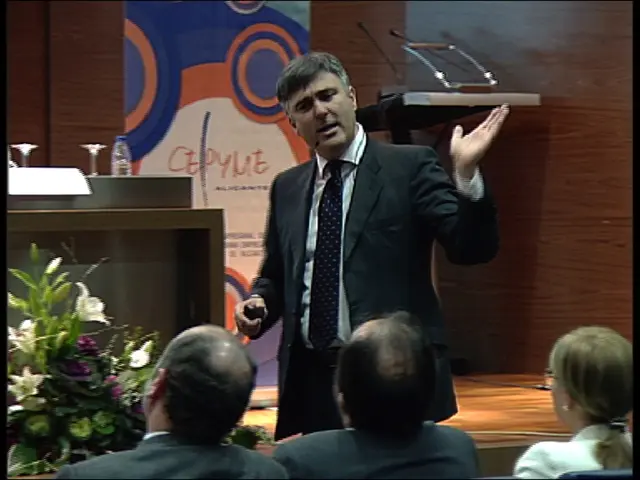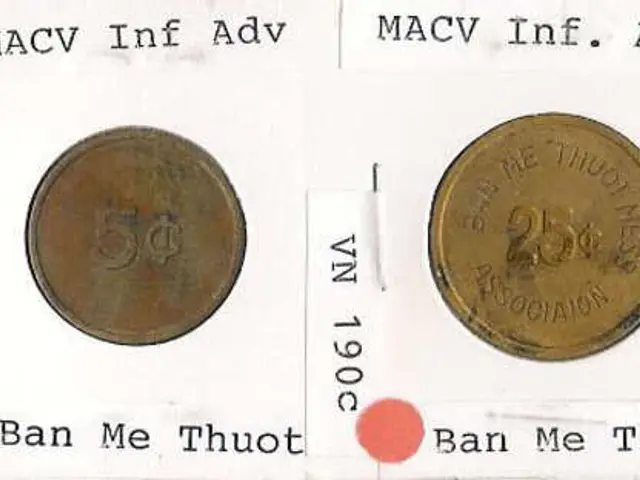Under the latest Treasury regulations, renewable energy sources such as wind and solar power are to demonstrate substantial effort, yet there is no set minimum standard imposed.
The U.S. Department of the Treasury has released new guidance for wind and solar projects regarding the 45Y and 48E tax credits, a move that has sparked debates in Congress and raised concerns among industry leaders.
According to the new construction-start rules, projects on which construction begins on or after September 2 will be affected. The guidance states that construction begins when physical work of a significant nature begins, whether on-site or off-site. This Physical Work Test, which focuses on the nature of the work performed, not the amount or cost, is the sole method for taxpayers to establish that construction has begun before July 5, 2026, for the purposes of the beginning of construction deadline in the One Big Beautiful Bill Act (OBBBA).
The OBBBA phased out the 45Y clean energy production tax credit and 48E clean energy investment tax credit for wind and solar projects placed in service after 2027, with an exception for projects that commence construction by July 5, 2026. However, the new guidance has been criticized for changing the criteria that wind and solar projects must meet to qualify for these tax credits.
Organizations such as the National Taxpayers Union and attorneys with law firm Norton Rose Fulbright have expressed concerns about the amount of work required under the new guidance for wind and solar projects. They argue that the new rules abolish the old bipartisan standards and create new federal rules not agreed upon in the legislative draft. Heather O'Neill, president and CEO of Advanced Energy United, echoed these sentiments, stating that the rules create new federal red tape and eliminate long-standing precedent for how companies demonstrate they've begun project development.
Jeff Cramer, president and CEO of Coalition for Community Solar Access, went so far as to say that the guidance effectively rewrites the law Congress passed under the OBBBA. In response, Sen. Chuck Grassley, R-Iowa, who has been vocal about these concerns, placed holds on new nominees to the Treasury Department.
However, following the publication of the guidance, Sen. Grassley expressed satisfaction with it, stating it offers a "viable path" for the wind and solar industries to meet increased energy demand. Sen. John Curtis, R-Utah, also expressed support, noting that the guidance gives deference to the historical and plain meaning of the term beginning of construction.
Solar facilities with a net output of less than 1.5 MW still qualify for the 5% cost threshold test. This means that smaller solar facilities will not be as heavily impacted by the new guidance as larger ones.
As the wind and solar industries navigate this new terrain, they will continue to work closely with Congress to ensure a smooth off-ramp, as intended by the OBBBA. The future of these industries in the United States remains uncertain, but one thing is clear: the new Treasury guidance has sparked a heated debate that will likely continue in the coming months.
Read also:
- ICE directed to enhance detention conditions following NYC immigrants' allegations of maltreatment
- Israeli finance minister issues warnings about potential annexation of West Bank territories
- United States faces rebuttal from South Africa over allegedly deceitful human rights report and assertions of land expropriation
- Accident at Rodalben Results in Injuries; Geoskop Area near Kusel Affected After Stormy Weather
